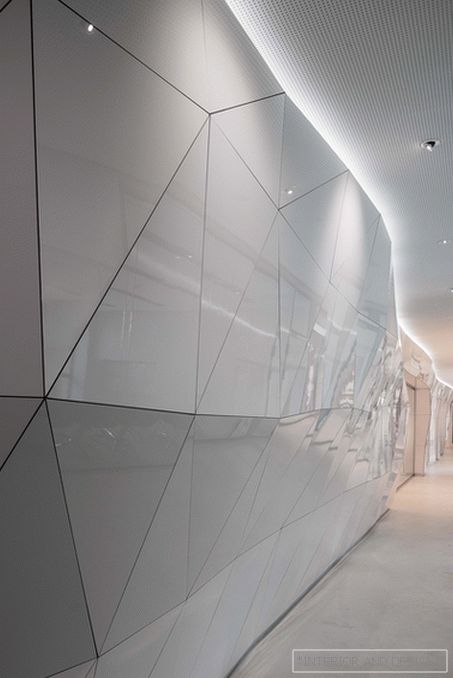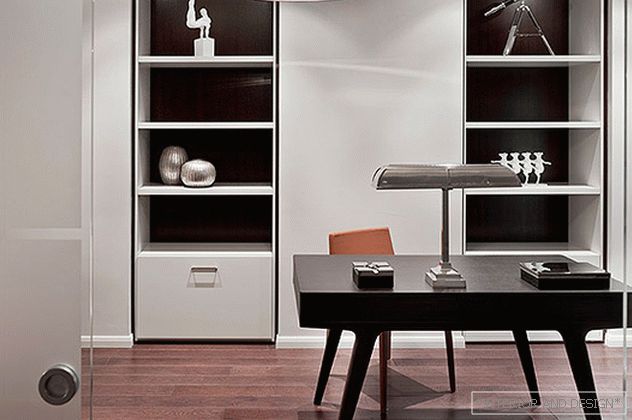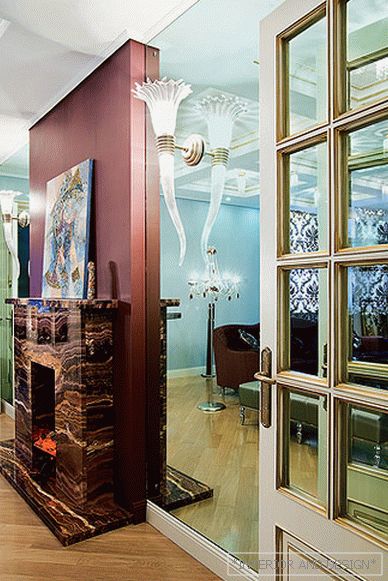Designers are crazy about lace ... from porcelain, glass and polycarbonate
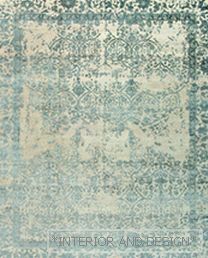
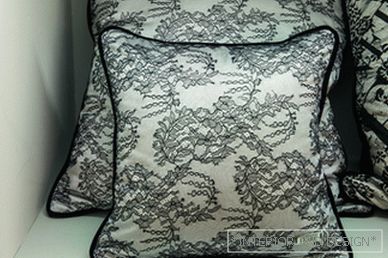
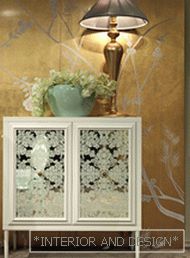
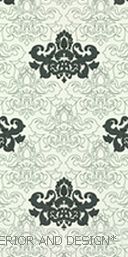
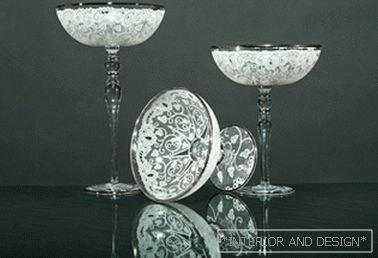


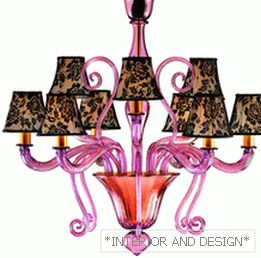
 Passing the gallery
Passing the gallery A photo: Dmitry Livshits, - press services
Leading headings: Marina Volkova
Magazine: №1 (222) 2017
In the 17th century, real wars were fought for lace. The French discharged Venetian masters in order to establish profitable production, while the Italians, who did not want to share their secrets, were not allowed under the death penalty. The British banned the import of lace, and the enterprising Flemish, who did not want to lose the sales market, began to smuggle in and sell under the guise of English for fabulous money. In short, the world fought in the "lace" fever.
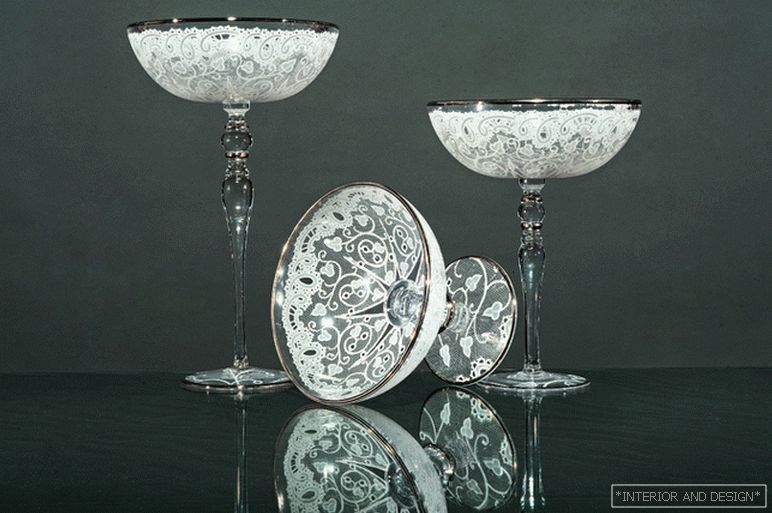
Cup, Bagno Platino series, Platino collection, Vetrerie di Empoli, Representative W.W.T.S.
Cup, Bagno Platino series, Platino collection, Vetrerie di Empoli, Representative W.W.T.S.
Passions subsided a bit when a machine was invented in the middle of the 18th century, and precious materials were made by machine. The lack of lace has long been completely eliminated. Moreover, they began to make it not only from silk threads, but also from porcelain, metal and polycarbonate. And do not even weave, and sculpt and print on a 3D-printer. But no matter how materials change, designers still appreciate lace for its delicate and elegant design, transparency and weightlessness.
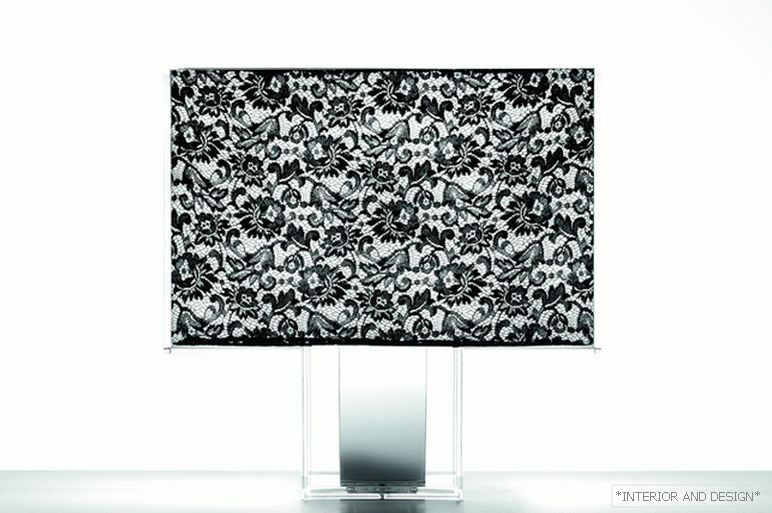
Table lamp Tati Lace, designer Ferruccio Laviani (Ferruccio Laviani), Kartell, Salon "Interior Market"

